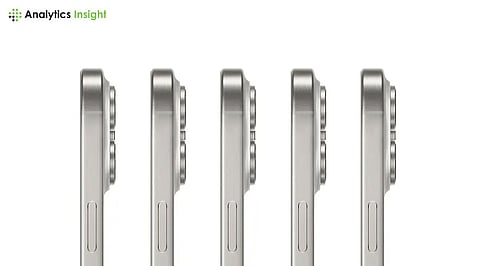

Thinner iPhones - Apple's pursuit of thinner iPhone designs has been a hallmark of its product evolution, sparking debate over whether this trend serves aesthetic preferences or fulfills functional necessities. The forthcoming iPhone 17 Air, rumored to feature an ultra-thin 5.5mm design, reignites this discussion, prompting an analysis of the implications of such design choices.
The original iPhone, released in 2007, had a thickness of 11.6mm. Over the years, Apple has progressively reduced this dimension, reaching a notable milestone with the iPhone 6, which measured 6.9mm. However, subsequent models, such as the iPhone XR at 8.3mm, have seen slight increases in thickness, often to accommodate enhanced battery life and advanced hardware components.
A slimmer profile contributes to a sleek and modern appearance, aligning with consumer desires for elegant and easily portable devices. The iPhone 17 Air's anticipated 5.5mm thickness positions it to be Apple's thinnest smartphone to date, potentially attracting users who prioritize design sophistication.
While the aesthetic allure of a thinner iPhone is evident, functional aspects warrant careful consideration:
Battery Capacity: Reducing device thickness can limit space for the battery, potentially impacting battery life. Advancements in battery technology are crucial to mitigate this concern.
Durability: Thinner devices may be more susceptible to bending or structural damage, raising questions about their resilience under daily use.
Component Integration: Achieving a slimmer design necessitates innovative engineering to accommodate essential components without compromising performance. The removal of the physical SIM card slot in favor of eSIM technology in the iPhone 17 Air exemplifies such adaptation.
Market analysis indicates a segment of consumers favoring ultra-thin smartphones for their portability and design. However, there is also a substantial user base that prioritizes battery longevity, durability, and advanced features, which may require maintaining or even increasing device thickness. Apple's challenge lies in balancing these preferences to meet diverse consumer expectations.
To achieve ultra-thin profiles without sacrificing functionality, Apple invests in several technological innovations:
Advanced Materials: Utilizing stronger, lighter materials can enhance durability while allowing for thinner designs.
Component Miniaturization: Shrinking internal components, such as processors and sensors, frees up space within the device.
Integrated Technologies: Incorporating features like eSIM reduces the need for physical slots, contributing to a slimmer profile.
While thinner designs offer aesthetic benefits, potential trade-offs include:
Heat Dissipation: Less internal space can hinder effective heat management, affecting device performance.
Repairability: Compact designs may complicate repair processes, potentially increasing maintenance costs.
Feature Limitations: To maintain thinness, certain features or component sizes might be reduced, impacting overall functionality.
The development of thinner iPhones, exemplified by the anticipated iPhone 17 Air, reflects Apple's commitment to design innovation. While a slimmer profile enhances aesthetic appeal, it is imperative to consider the functional implications, including battery life, durability, and overall user experience. Achieving an optimal balance between form and function remains essential to meet the evolving demands of the consumer market.
